If I sell expertise, my images should sell it too. Buyers skim service pages and case studies for proof. A crisp dashboard capture, a before/after chart, a team shot with context - treated well, these lift visibility, speed up pages, and nudge conversions. Treated poorly, they slow everything down and go unseen by search engines. I make images work as hard as the copy.
Image SEO that proves expertise
I keep image SEO lean: ship moves that show up in metrics first, then add depth. The goal is simple - make proof visuals discoverable, fast, and meaningful so they support rankings and reassure buyers.
- Why this matters: Google’s best-practice guidance consistently ties clear context, modern formats, and stable layout to better experiences and steadier rankings. For B2B service pages, those wins compound across LCP, CTR, and conversion metrics.
What to ship first: quick wins and core tactics
Quick wins that move ROI metrics
- Improve image pack CTR: use relevant, original visuals above the fold; descriptive filenames; and natural alt text that matches the query and page intent.
- Lift conversions assisted by image search: publish unique visuals for case studies and solution pages; then track assisted conversions with image search as a channel/source where analytics allows.
- Better LCP: compress hero images, preload the largest hero, use modern formats, and serve responsive images so mobile gets smaller files.
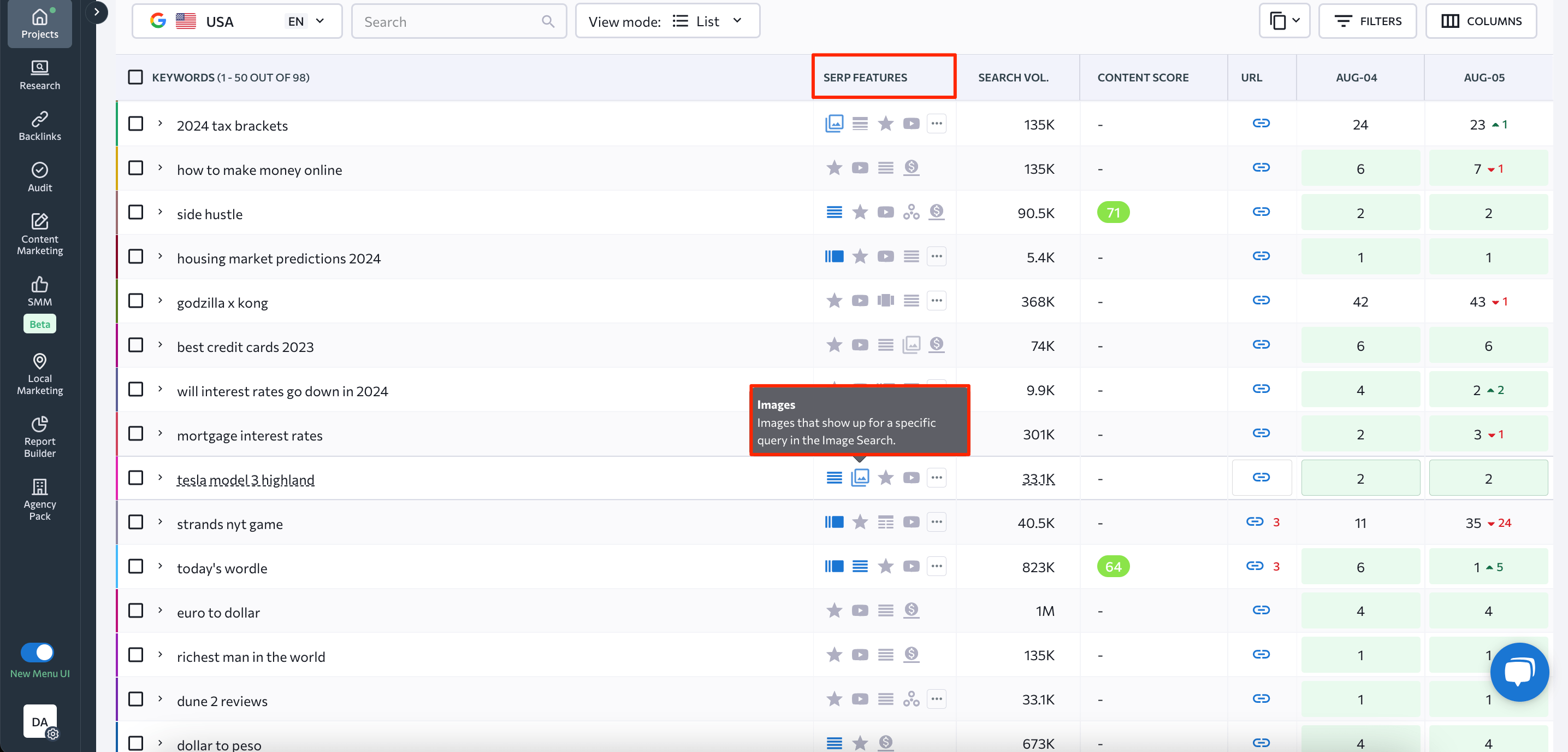
Core tactics I prioritize early
- Create unique images where it matters most: productized services, frameworks, dashboards, playbooks, and process diagrams. Stock can fill space, but it rarely differentiates.
- Send relevance signals: surround images with on-topic copy and captions; name files for the subject, not the camera (b2b-seo-dashboard-monthly-report.webp beats IMG_4832.jpg).
- Write titles and alt text for humans first; add the keyphrase only when it naturally fits the sentence.
- Pick formats by job: WebP or AVIF for most photos; JPEG where compatibility is needed; PNG for sharp transparency; SVG for icons and line art.
- Compress smart: lossy for large photos and gradients; lossless for logos and crisp UI.
- Use responsive scaling: implement srcset and sizes so devices fetch only what they need.
- Lazy load below-the-fold images with loading=lazy.
- Serve through a CDN and cache aggressively so repeat views feel instant.
- Add metadata: Open Graph for social, Schema ImageObject where structured data already exists, and creator/license fields when relevant.
- Follow SafeSearch guidance if visuals could be sensitive.
- Minimum viable image SEO for any new page:
- One unique, relevant hero above the fold, preloaded and under ~200 KB when feasible
- Descriptive filename, natural alt text, and a short caption if it clarifies context
- WebP or AVIF plus responsive srcset for mobile and desktop
- Lazy load everything else on the page
Small experiments worth testing
- Before/after screenshots of image-pack visibility for a target query
- An annotated layout showing optimal hero placement and dimensions above the fold
Write alt text that helps people and search
Alt text describes images for people who can’t see them and for search engines that need context. Per Google’s guidance on choosing a good alt text and their article about images, the alt attribute is read by screen readers and informs Google; the title attribute is just a hover tooltip and not a ranking lever.
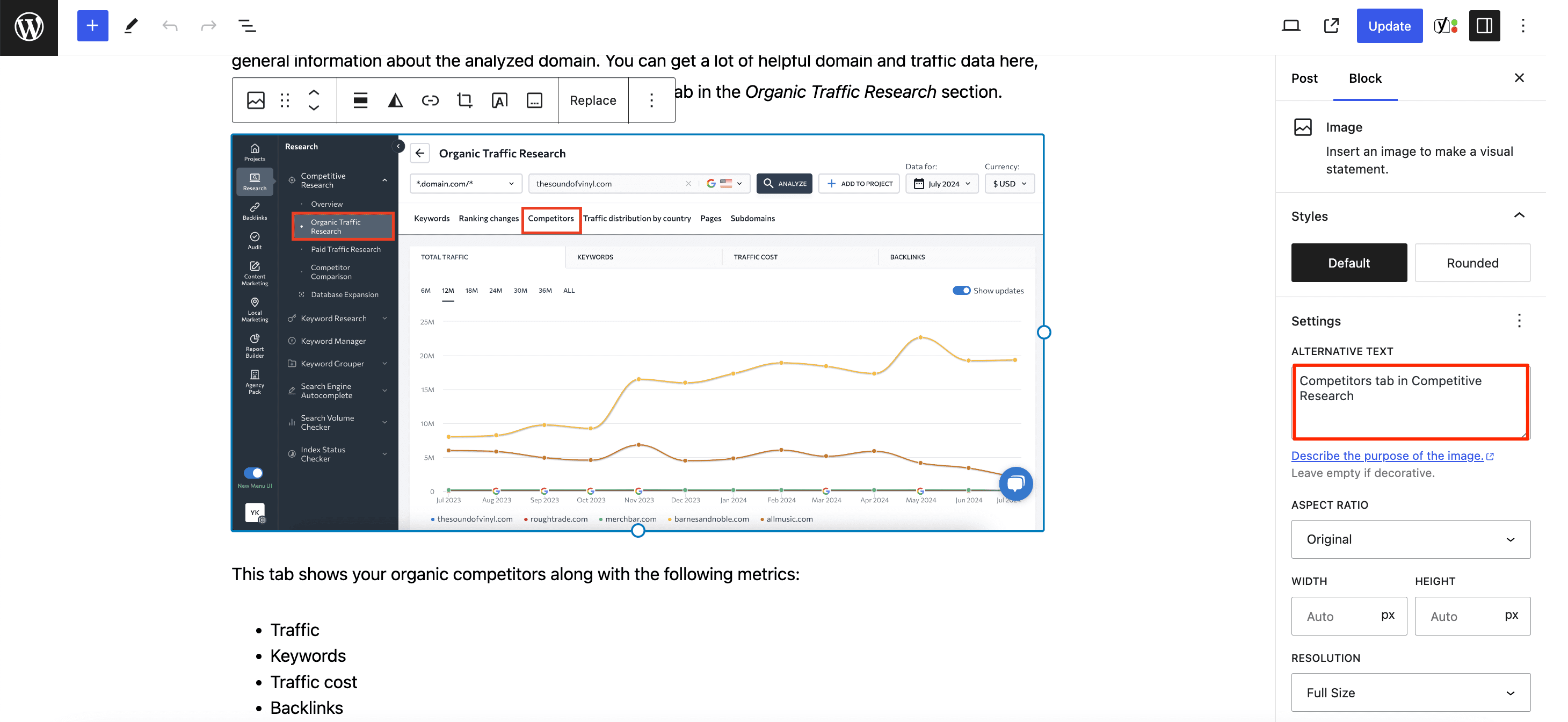
How I write it
- Describe function and context: what is the image doing on the page?
- Keep it natural: include the keyphrase only if it belongs in a real sentence.
- Skip redundancy: don’t start with “image of” or “picture showing.”
- Decorative visuals live in CSS or use an empty alt attribute so screen readers can skip them.
B2B service examples
- Good: alt="Marketing analytics dashboard showing MQL trend and channel mix for Q3"
- Good: alt="Consulting roadmap timeline with discovery, pilot, and scale phases"
- Good: alt="Customer success manager leading onboarding workshop with finance team"
- Risky: alt="B2B SEO services B2B SEO agency B2B SEO pricing" because it reads like stuffing
About Yoast’s keyphrase-in-image-alt check
If the focus keyphrase appears in alt text for roughly a third to two thirds of a post’s images, you’ll see a friendly score. If it appears in nearly all images, the tool soft-warns against over-optimization. Use synonyms or keep some alts purely descriptive. Learn how the check works in the keyword in image alt attributes assessment in Yoast SEO and explore the plugin options in Yoast SEO or Yoast SEO for Shopify.
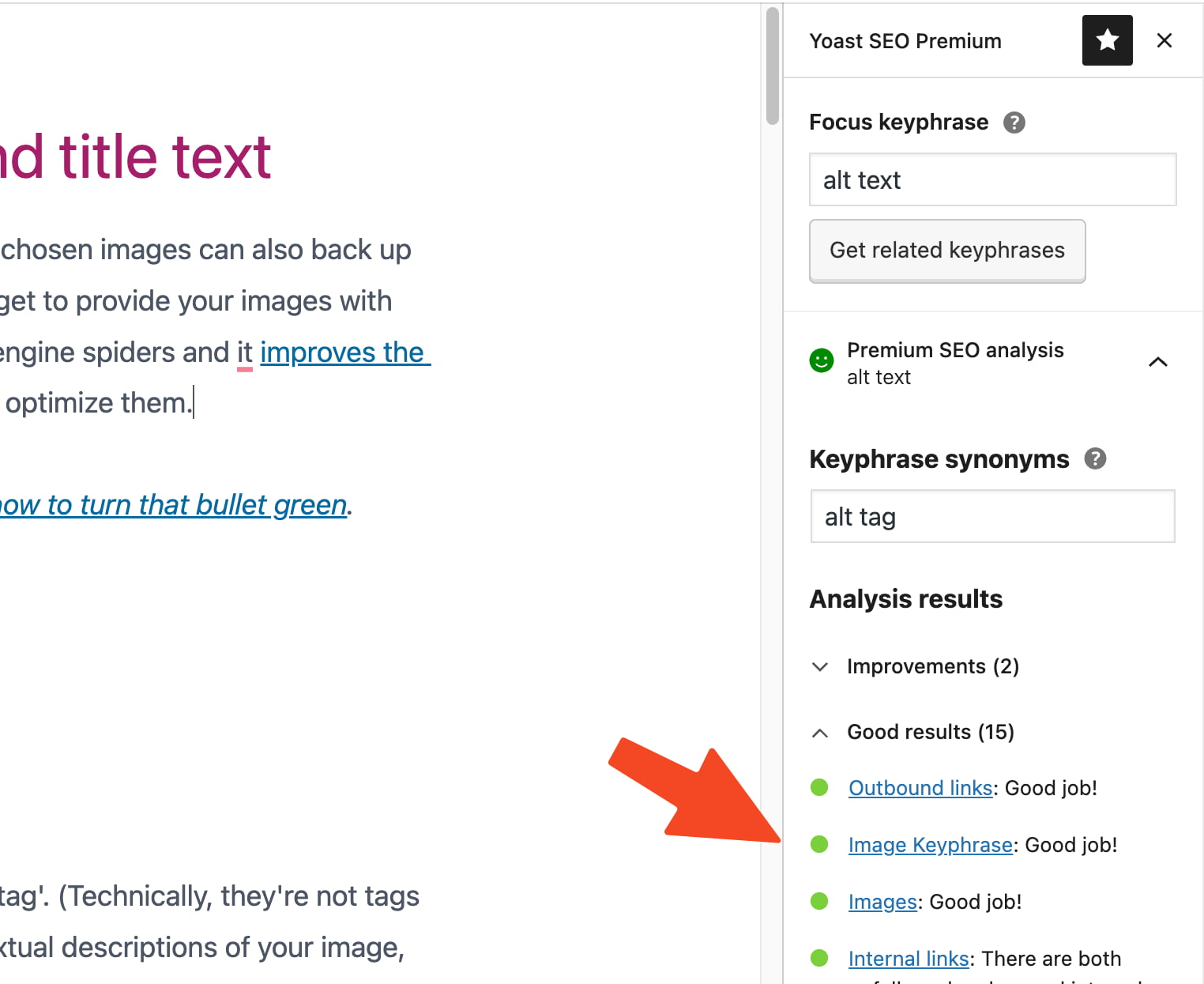
If an image has no purpose
- If it’s decorative, leave alt empty or shift it to a CSS background.
Performance: compress smart and serve responsively
Compression is the easiest LCP win. Smaller, modern images load fast and stabilize layout - both support Core Web Vitals.
Lossless vs. lossy
- Lossless preserves pixels: logos, UI, icons, and line art.
- Lossy removes data the eye barely notices: photos and gradients.
Targets that work in practice
- Hero images: under ~200 KB when feasible
- Inline images: under ~100 KB
- Thumbnails: under ~20 KB
Modern formats
- WebP and AVIF typically deliver smaller sizes with solid visual quality
- Keep JPEG or PNG for compatibility when needed
- SVG for logos, icons, and diagrams because it scales cleanly
Where to process images
- At build time in the CMS or CI pipeline so assets ship optimized
- On the fly at the CDN layer to auto-convert and resize per device
Prevent layout shift (CLS)
- Always set width and height
- Use aspect-ratio or explicit dimensions so the browser reserves space properly
Practical srcset and sizes (hero example)
The width and height attributes prevent layout shift.
<img
src="hero-1200.webp"
srcset="hero-480.webp 480w, hero-768.webp 768w, hero-1200.webp 1200w, hero-1600.webp 1600w"
sizes="(max-width: 600px) 95vw, (max-width: 1024px) 85vw, 1200px"
width="1200" height="675" loading="eager" fetchpriority="high" decoding="async" alt="Service framework diagram"
/>Art direction with picture
Use picture if the mobile crop needs a tighter focus (e.g., center faces on small screens).
<picture>
<source media="(max-width: 600px)" srcset="team-portrait-tight.webp">
<source media="(min-width: 601px)" srcset="team-portrait-wide.webp">
<img src="team-portrait-wide.webp" width="1200" height="800" loading="lazy" alt="Customer success team at workshop" />
</picture>Mobile-first crops for service pages
- Re-crop charts and dashboards so labels remain legible at small sizes - no tiny text.
Loading strategy
- Preload the single largest hero that’s immediately in view
- Use loading=lazy for below-the-fold images
- Always set width and height
Audit tip
Run a lab test (e.g., Lighthouse) and check Opportunities/Diagnostics for image recommendations; then validate in the field with real-user data.
Help Google find, understand, and keep your images
Google crawls, processes, and indexes images, then scores them with context. It looks at what the image shows, what the page says, and how people interact. See Google’s official guidance on images in Search in this article about images.
How it works in simple terms
- Crawling: Googlebot discovers images via HTML, sitemaps, and links
- Indexing: content is analyzed, duplicates detected, and a best candidate stored
- Relevance: alt text, captions, and surrounding copy help match the image to the query
- Quality: clear, high-resolution files tend to perform better, especially on pages with strong authority
- SafeSearch: sensitive content is filtered and requires clear labeling
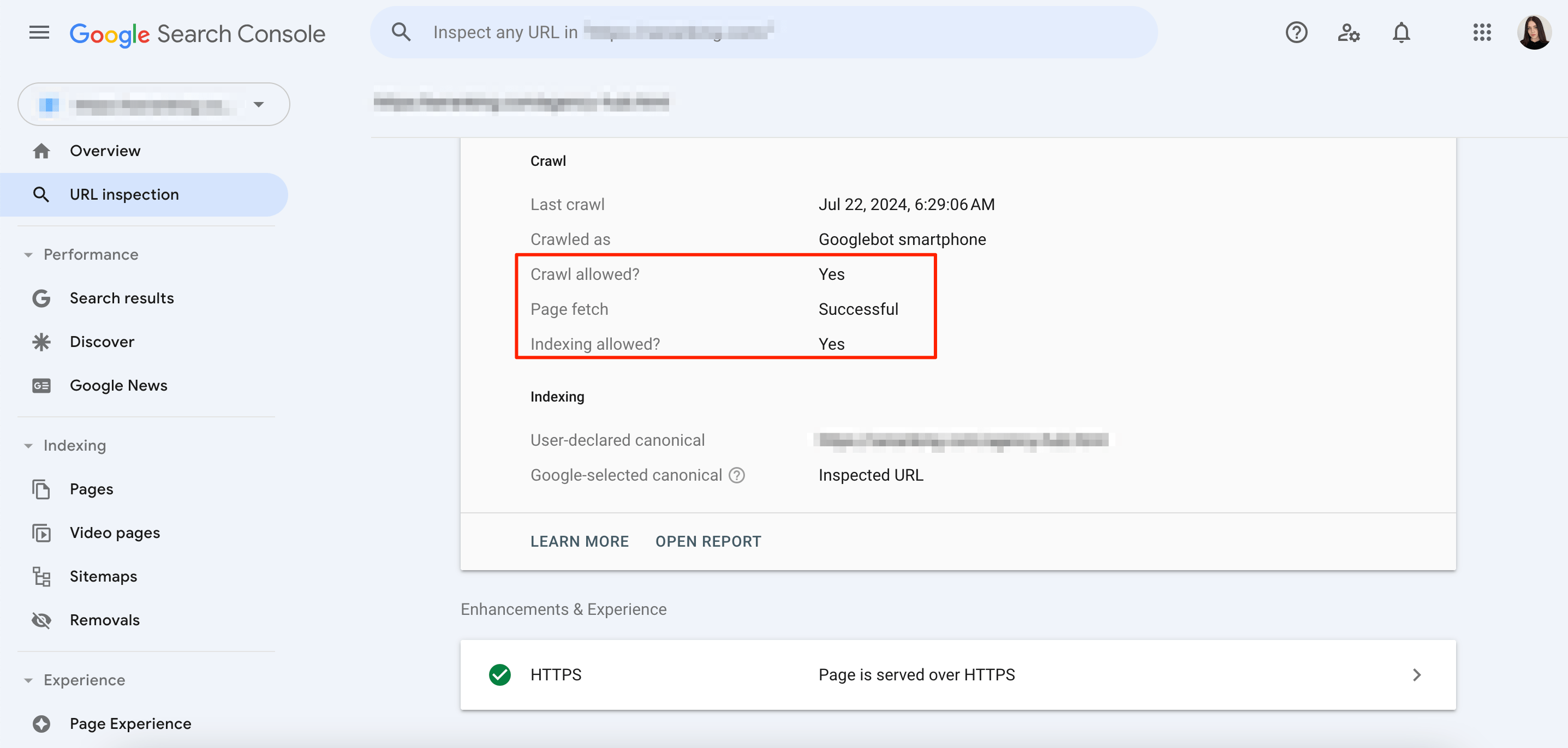
Where visuals appear
- Image packs on the main results page
- The Images tab, sorted by relevance and quality
- Text results with a preview image
- Reverse image search and Google Lens
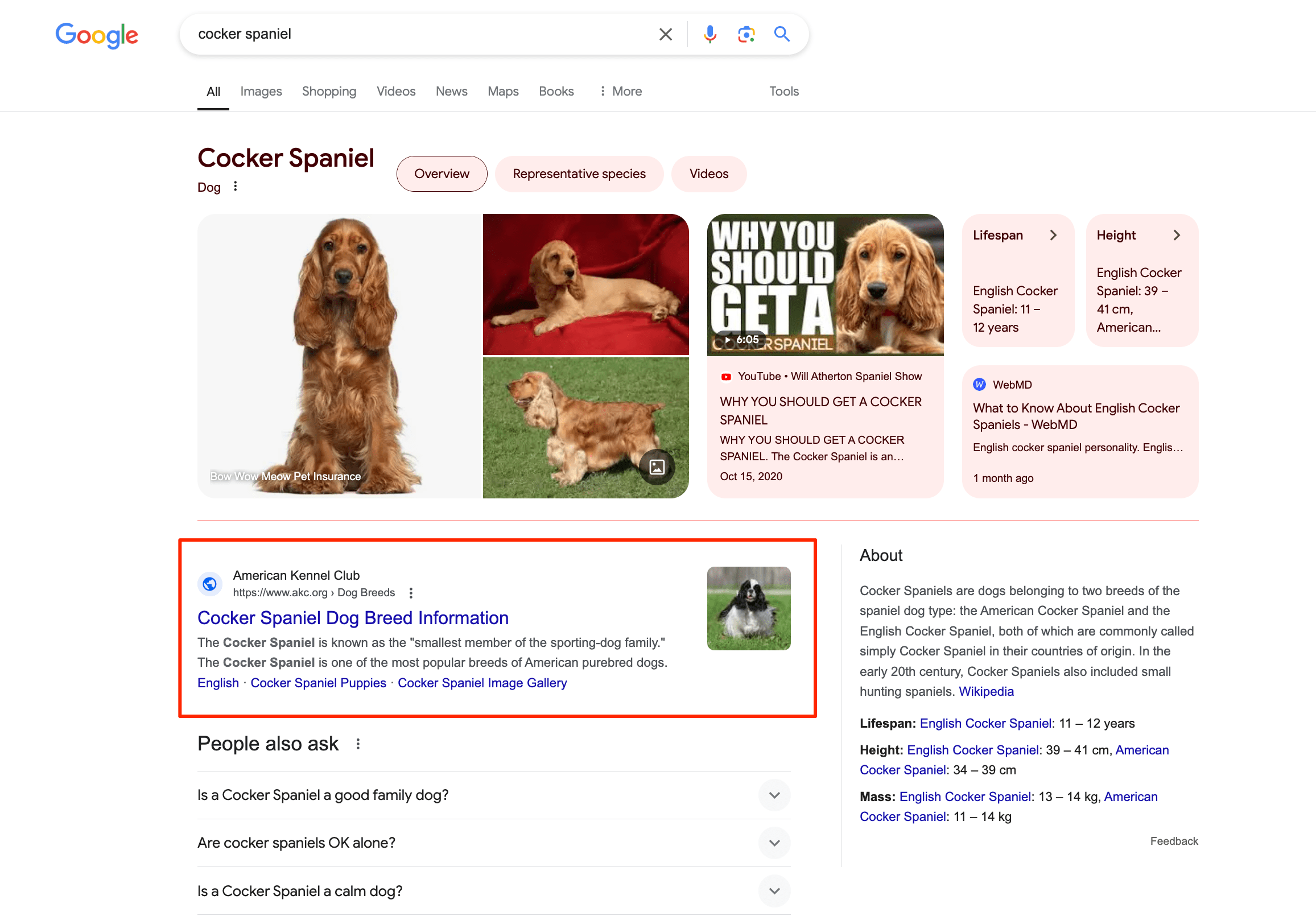
Make ranking easier
- Internal linking: link from topical clusters to detail pages with the key image using descriptive anchors
- Consistent entities: align filenames, headings, and alt text with the subject; include creator/copyright fields when relevant
- Quality and consistency: keep templates coherent so Google trusts your files
Indexing basics you should harden
Access checks:
robots.txt: allow key image folders
User-agent: *
Disallow: /private/
Allow: /wp-content/uploads/
x-robots-tag headers: avoid noimageindex or noindex on image responses unless intended
X-Robots-Tag: noimageindex
Page-level noindex: images may still appear, but results are unpredictable; prefer indexable pages for images you want to rank
Password protection and CDN hotlinking: ensure Googlebot-Image is allowedVerification flow:
- Inspect both the page URL and direct image URL in Google Search Console
- Use the site operator with imagesize to confirm coverage
site:yourdomain.com imagesize:800x600
- Ensure the image URL returns 200 (not 302/307)
- Keep one canonical version per image; avoid duplicate files across folders unless referenced by srcset
Image sitemap tips:
- Add images to your main XML sitemap or maintain a dedicated image sitemap
- Include non-crawlable images rendered via JavaScript
- Submit in Google Search Console and reference it in robots.txt

Internal discoverability:
- Link to important images from indexable pages and use descriptive anchors
Audit, prioritize, and govern for sustained gains
Strong results come from a repeatable process. I keep it simple: score pages by revenue impact, then clear bottlenecks.
A practical audit sequence
- Inventory: export images from a crawl and your CMS
- Weight: flag large files, oversized dimensions, and uncompressed formats
- Coverage: find missing alt text, missing width/height, and lazy-loading gaps
- Quality: spot duplicates or overused stock on money pages
- Integrity: fix broken image URLs and redirect chains
- Gaps: find pages lacking unique visuals where a diagram or dashboard would clarify value

Prioritization rubric
- Revenue pages first, especially productized services and pricing
- Templates where LCP is driven by the hero
- Pages with high image impressions and low CTR
Governance that keeps quality high
- Visual guidelines: style, color, and acceptable stock usage
- A short SOP for alt writing with examples (charts, people, dashboards)
- Compression thresholds and output formats by asset type
- Quarterly reviews to catch regressions when templates change
30–60–90 day action plan
- Days 1–30: Inventory images on top revenue pages. Compress heroes to under ~200 KB when possible. Convert high-traffic assets to WebP/AVIF. Add alt text to high-value images. Preload the LCP hero on key templates. Capture LCP and image-pack CTR baselines.
- Days 31–60: Implement srcset and sizes across templates. Add lazy loading sitewide for non-hero images. Clean filenames. Add Open Graph and Schema where missing. Publish two to three unique visuals per high-impact page. Compare assisted conversions month over month.
- Days 61–90: Create an image sitemap. Tighten CDN caching. Introduce brand guidelines for visuals and a simple SOP for alt writing. Add creator/license fields (IPTC) on new assets. Track improvement in image impressions, clicks, and LCP.
Quick answers to common questions
Are stock images bad for SEO?
- No. They’re fine as fillers. They rarely help you stand out, though. Differentiate with unique crops, subtle overlays, and alt text that reflects page purpose. Avoid stock as the hero on a money page.
Can I use AI-generated images?
- Yes, with care. Be transparent when appropriate, avoid fake screenshots, and stay within SafeSearch guidelines. EEAT still matters. Use AI for conceptual visuals, not proofs like dashboards or results.
Do captions help SEO?
- They can. Captions add context and often get scanned more than body text. Use them when an image needs a quick explanation or when the caption can add a supporting data point.
What image format should I use?
- Start with WebP or AVIF for photos and complex visuals. Use JPEG when compatibility is required and sizes stay small. PNG for hard edges or transparency. SVG for logos, icons, and diagrams.
How long until image SEO shows results?
- Speed gains and LCP changes appear as soon as pages are recrawled. Image-pack visibility often moves within 2–6 weeks on updated pages, faster on sites crawled often. Watch impressions, clicks, and average position in Google Search Console.
How do I build an image sitemap?
- Add image entries to your main XML sitemap or create a dedicated one listing image URLs (and optional titles/captions). Submit it in Google Search Console and reference it in robots.txt.
What does the Yoast keyphrase-in-image-alt check mean?
- It verifies that some images have alt text containing the focus keyphrase. You can pass it without stuffing by adding the keyphrase to a relevant alt or two and keeping the rest descriptive. For more depth, see Optimizing images for search engines ».
Final thought: I don’t need a thousand tweaks to see results. If I focus on unique proof visuals, modern formats and compression, responsive delivery, natural alt text, and clean indexing signals, image impressions, CTR, and conversions move - and pages stay fast.




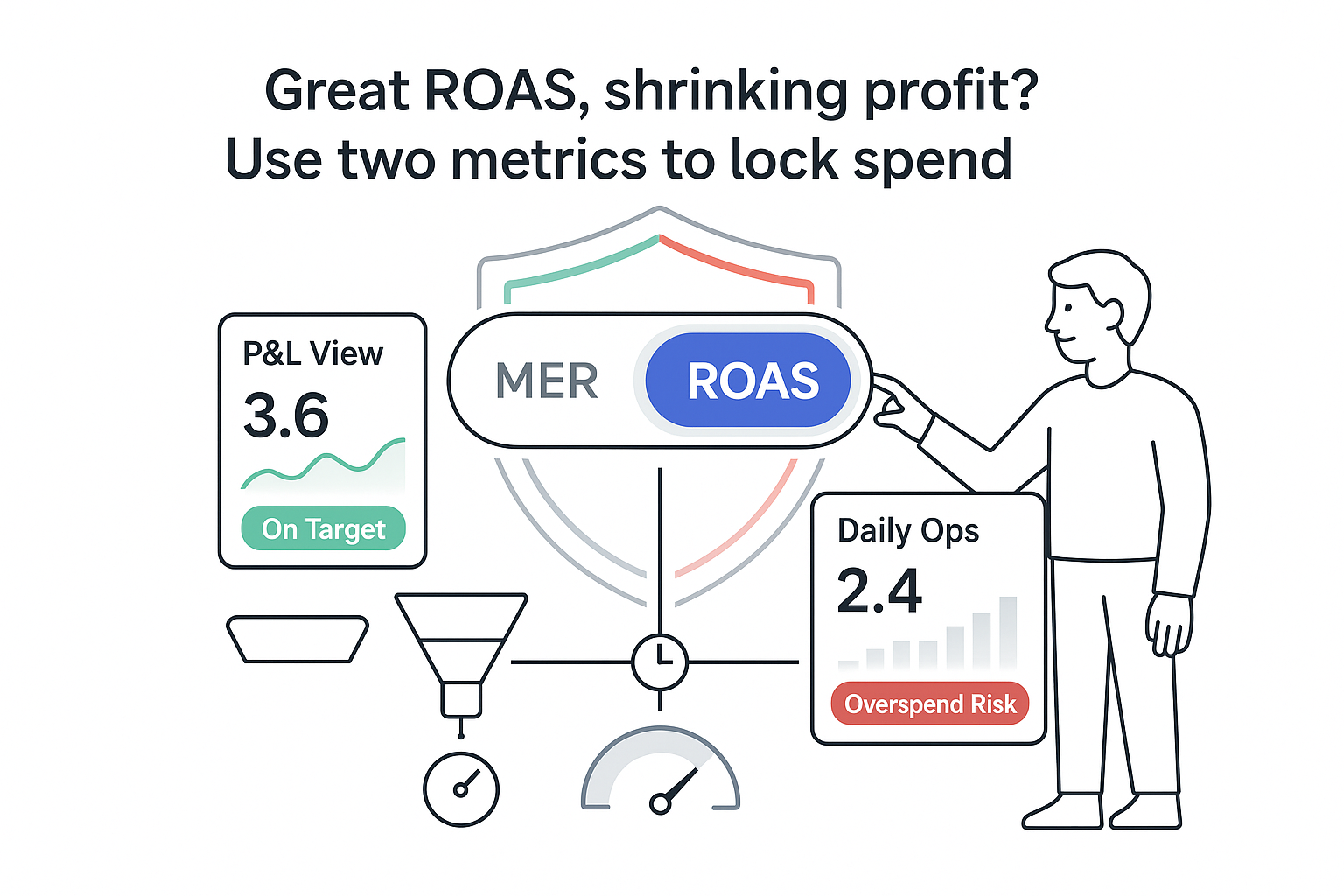

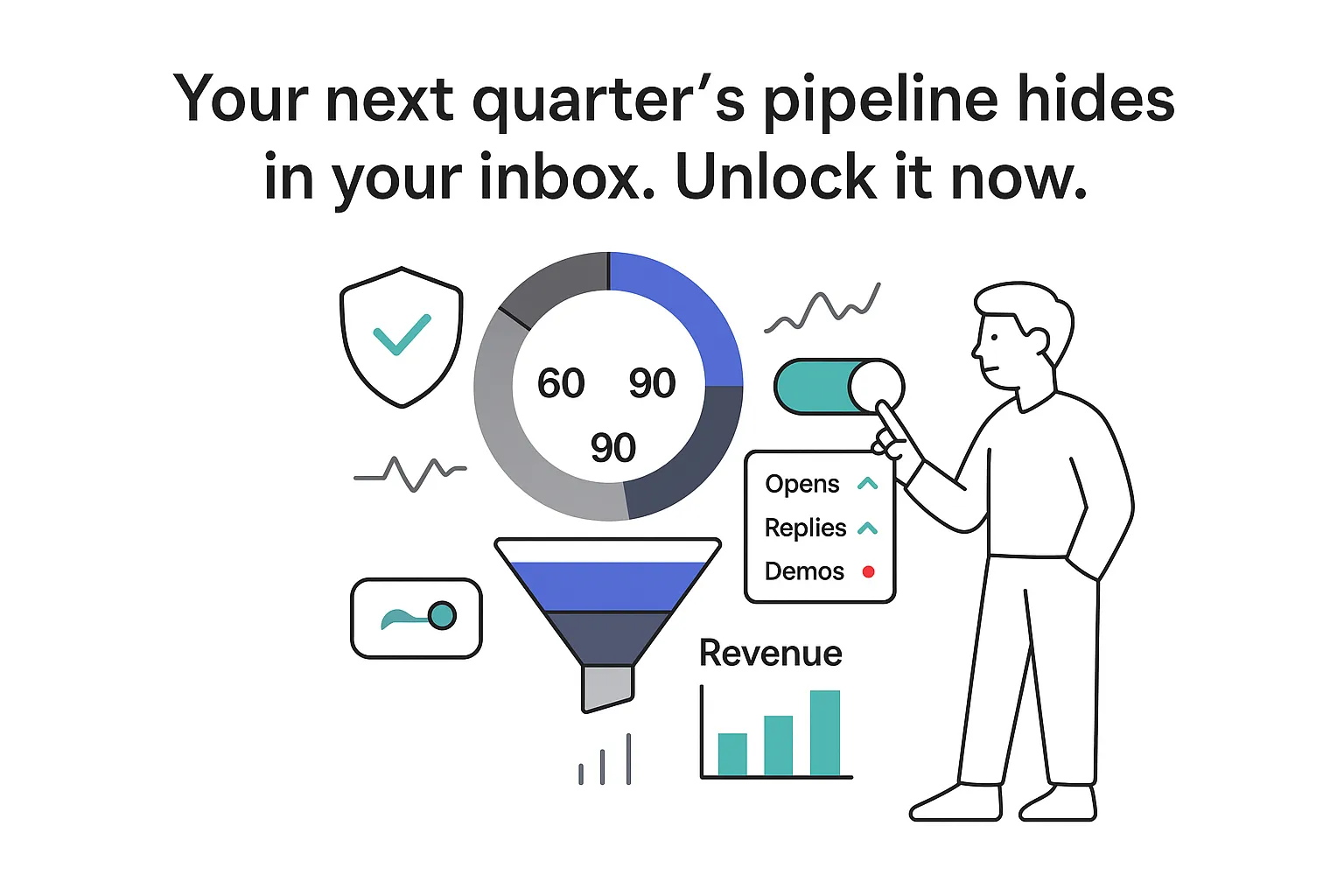
.svg)